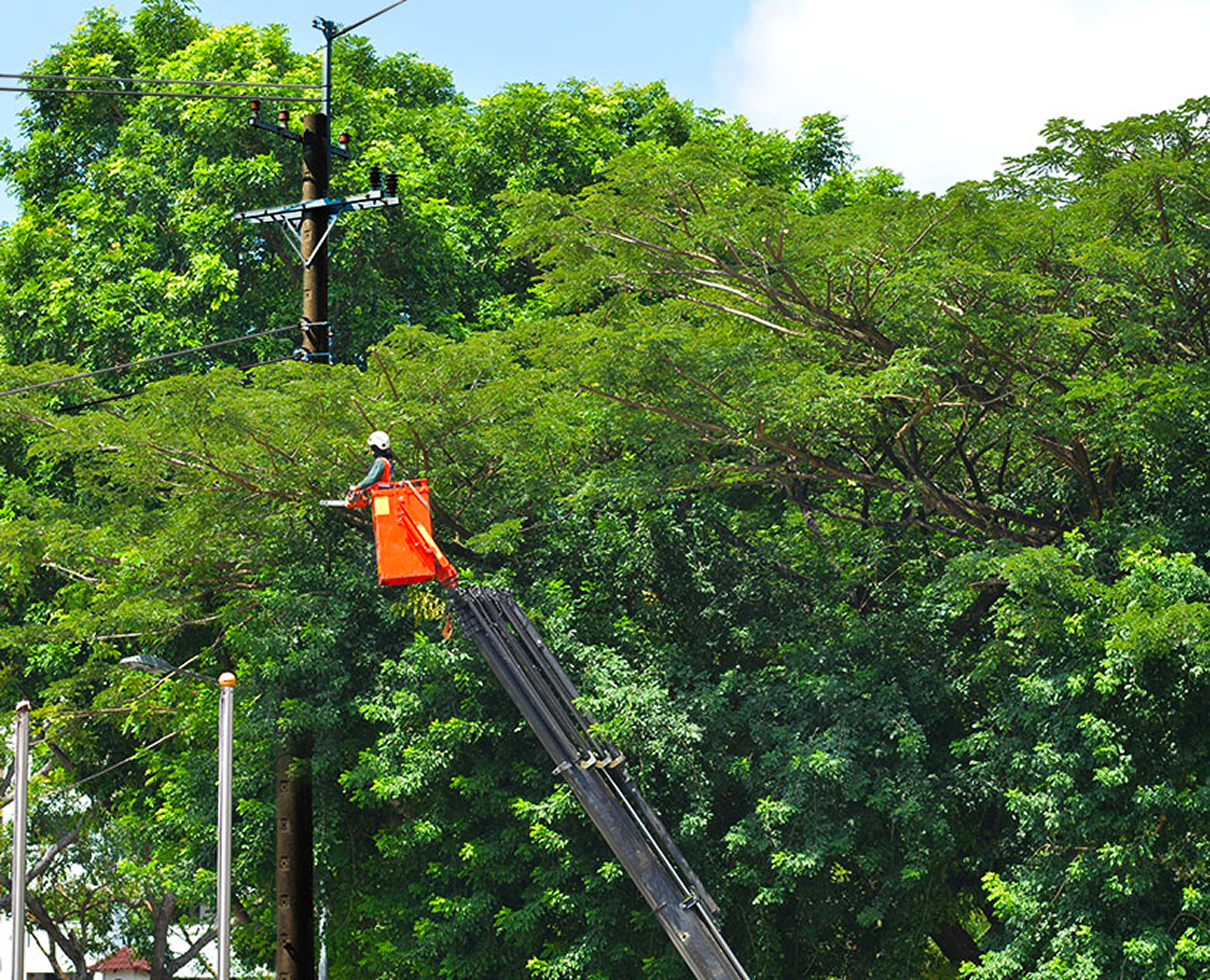AI and GIS: Location intelligence at scale
GIS software analyzes complex systems and vast datasets to enhance operations. Combined with AI, it delivers insights faster and at unprecedented scale, enabling greater automation, prediction, and optimization.
Automate analytics workflows
Geospatial AI automates data analysis, reducing the time and resources needed to unlock deeper insights from data.
Elevate predictive analytics
Geospatial AI detects patterns and anomalies in vast multivariable data to reduce uncertainty, spot opportunities, and model future scenarios.
Optimize operational performance
Geospatial AI models and monitors operations in real time to iteratively refine solutions that maximize resources and drive efficiencies.







